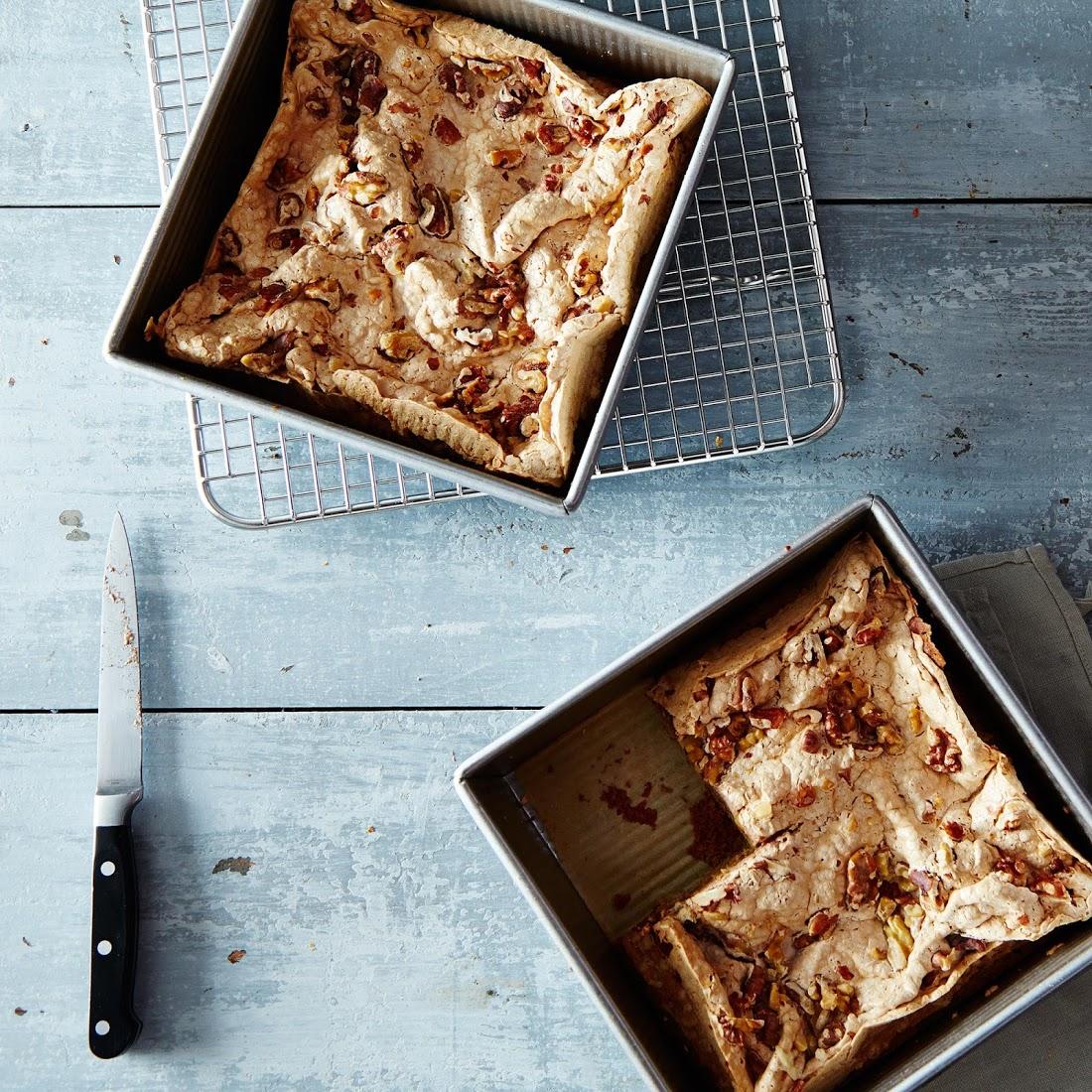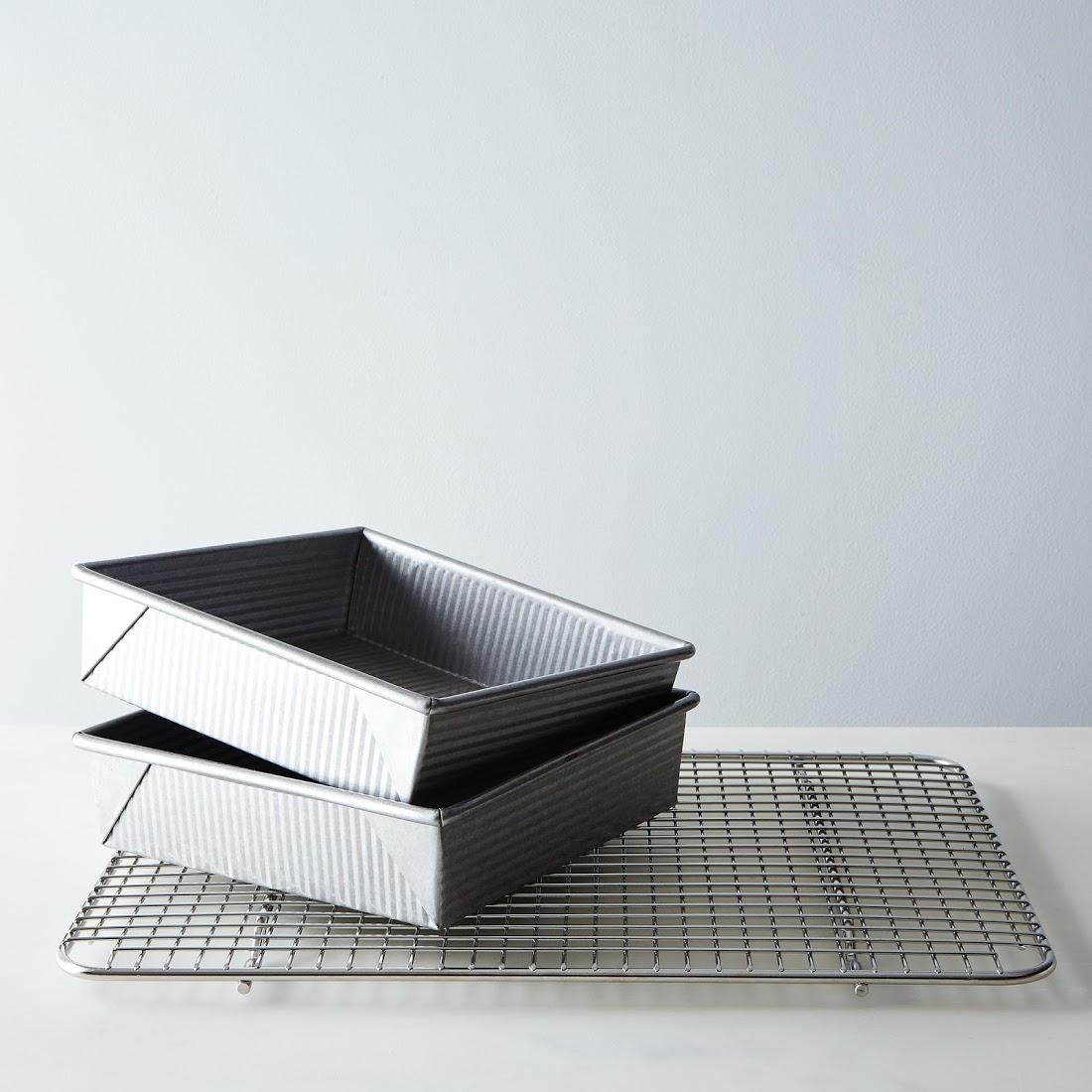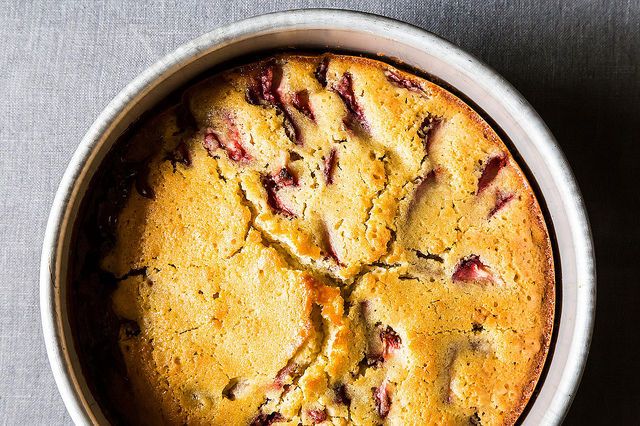Every week, baking expert Alice Medrich will be going rogue on Food52—with shortcuts, hacks, and game-changing recipes.
Today: Just cool it! Alice is answering our two biggest questions about cooling cakes: how to do it, and where.


1. Should a cake be cooled completely in the pan or unmolded immediately?
After years running a bakery, and in flagrant contradiction to conventional wisdom, I can tell you that most cakes that are baked in parchment-lined pans can be cooled entirely in their pans on racks. A few cakes—such as decorative bundts or upside-down cakes with gooey fruit on the bottom or some others without pan liners—are best unmolded hot (to keep them from sticking) or after about ten minutes (which gives the cake a little time to contract slightly). The problem is that it’s hard to know whether to unmold or to wait unless you already know.
My best advice is to read the recipe and do what it tells you to do! In my own recipes, I always tell readers when (and how) to unmold cakes for cooling. Any good modern recipe should do likewise. Otherwise (for older published recipes or recipes scrawled on cards from family members), look for a modern recipe of the same type, in a book or online, and check out the cooling instruction.

2. Where should you cool cakes?
I cool cakes on a rack on the counter, whether they are in the pan or unmolded first. I know that many home bakers cool cakes on the stove, either on the flat surface between the burners or on an unused burner.
I like my rack because stove surfaces are hot, and even cool burners—especially on gas ranges—get waves of heat from the oven below. Cooling a cake in the hottest spot in town just doesn’t make sense to me. I know: I’m fussy and I have enough counter space in my kitchen for a cooling rack, which may be lacking in tiny kitchens. That being said, I sometimes put racks on my dining table and I'm not above scattering cooling racks in the living room if need be—anywhere but on the stove!
 Pick up a copy of Alice's James Beard Award-winning book Flavor Flours, which includes nearly 125 recipes—from Double Oatmeal Cookies to Buckwheat Gingerbread—made with wheat flour alternatives like rice flour, oat flour, corn flour, sorghum flour, and teff (not only because they're gluten-free, but for an extra dimension of flavor, too).
Pick up a copy of Alice's James Beard Award-winning book Flavor Flours, which includes nearly 125 recipes—from Double Oatmeal Cookies to Buckwheat Gingerbread—made with wheat flour alternatives like rice flour, oat flour, corn flour, sorghum flour, and teff (not only because they're gluten-free, but for an extra dimension of flavor, too).




See what other Food52 readers are saying.